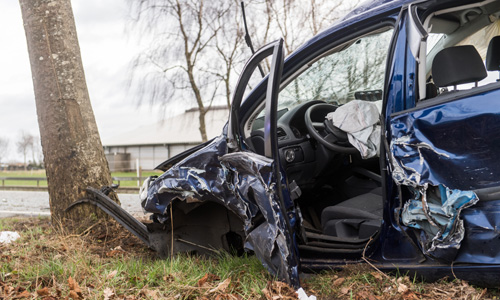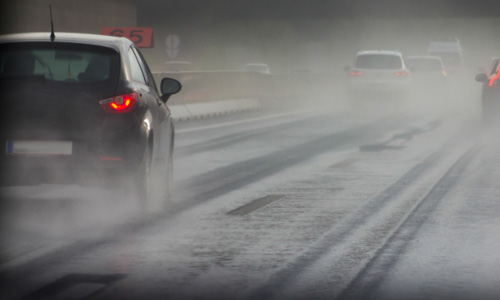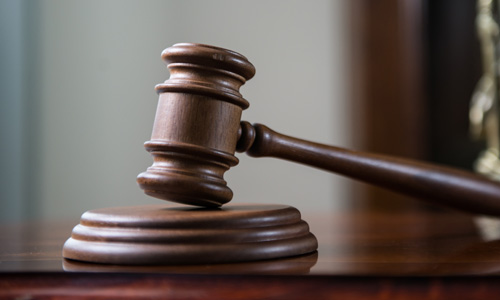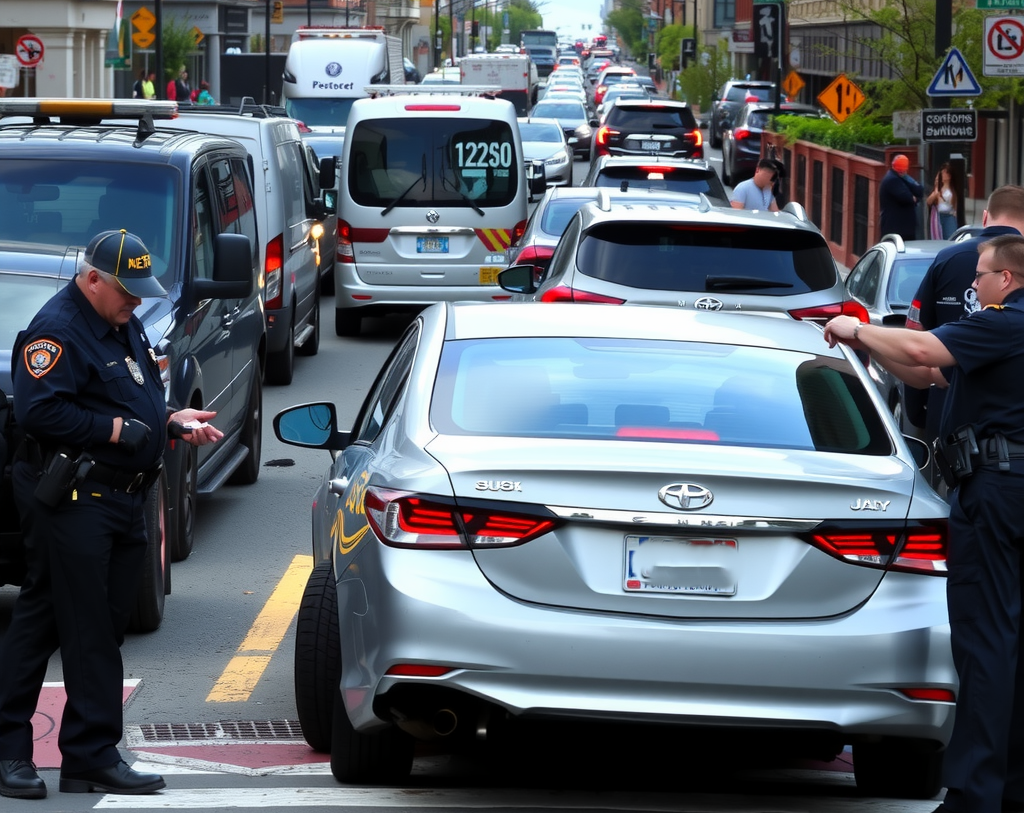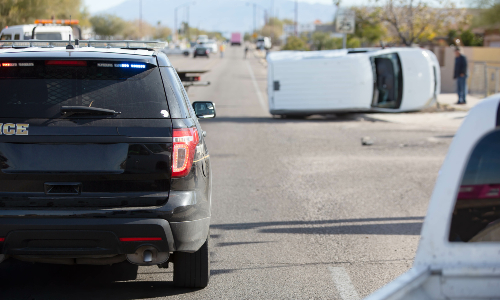How Is Fault Determined In A Multi-Vehicle Car Accident

When you’re in a multi-vehicle car accident, determining who is at fault can be a challenge. Understanding how the courts determine fault is critical to ensure you get through this time while protecting your rights. There are several steps and considerations involved in determining fault in multi-vehicle car accidents in Massachusetts, and we’ll ensure you understand them.
Understanding Multi-Vehicle Car Accidents
A multi-vehicle accident or pileup means there were three or more vehicles involved. These accidents can happen in various situations, like in bad weather or in heavy traffic. The accidents are very complicated to work out exactly what went wrong due to multiple impact points and several drivers involved.
Common Scenarios of Multi-Vehicle Accidents
Chain-reaction collisions are one of the big causes of these types of accidents. When they occur, one car hits another, causing a domino effect where that car then hits another. You see them on highways or during stop-and-go traffic. Intersection crashes are another common cause, and they usually happen when another driver runs a red light or fails to yield, causing an accident with several cars.
Investigating the Multi-Vehicle Accident
Since there are multiple parties in these accidents, the scene needs a thorough analysis and examination. To determine who was the cause of the accident, there are several pieces of evidence and pieces that come into play. Attorneys for auto accidents can help gather and interpret this evidence to build a strong case for their clients.
Gathering Evidence at the Scene
Collecting evidence at the accident scene is critical to piece together what happened. Police will take pictures of all the vehicles, the surrounding area, and any visible damage. Witness statements give first-hand accounts of what happened, adding new perspectives. Police reports will give you an official record, and they typically include statements from everyone involved and the initial observations.
The Role of the Police and Accident Reports
Police officers play a vital role in investigating accidents. When they arrive, they start gathering information, put together accident reports, and document the scene. These reports typically include:
- Accident location and time
- Scene conditions
- Preliminary fault assessments
These reports give you a vital unbiased account, and you can use them as pieces of evidence during legal proceedings.
Utilizing Expert Accident Reconstruction
It’s common for accident reconstruction experts to work on multi-vehicle accident cases. These professionals use vehicle dynamics, scene evidence, and scientific principles to recreate the accident.
The analysis helps clarify how the accident happened, and it may be essential in helping determine fault. It’s especially true if the accident involves conflicting accounts or multiple cars and drivers.
Determining Fault in Massachusetts
Determining fault in Massachusetts in a multi-vehicle accident means you understand the comparative negligence law. The law lets the court and insurance companies split fault among parties, and they reduce each party’s compensation by their fault percentage. For example, if one driver is 30% at fault for the accident, they can still recover fault. However, if the original compensation was $10,000, they can only claim $7,000.
Fault Assessment Process
To assess fault in one of these accidents, it all starts with an investigation. It includes analyzing all of the available evidence, including videos, photos, and physical evidence from the scene. Witness testimonies are also important because they give different perspectives on the minutes leading up to the accident. Investigators will use these things to piece together the sequence of events to determine how much each driver is at fault.
The Role of Insurance Companies
Insurance companies play a huge role in determining fault. They’ll do their own investigations, including:
- Interviewing the involved drivers
- Reviewing police reports
- Consulting with accident reconstruction experts
Each involved insurance company will make its own determination based on the evidence. Their findings influence the settlement process and determine how much each party’s insurer will pay out for injuries and damages. The collaborative approach ensures a fair distribution of responsibility based on the principle of comparative negligence.
Factors Influencing Fault Determination
Along with the investigation process, determining fault involves figuring out which factors contributed to the accident. The factors paint a complex picture of what happened and why.
Driver Behavior and Actions
The drivers’ actions and behaviors are critical in determining fault. It includes whether any party was distracted, speeding, or driving under the influence at the time of the accident. Traffic violations, like running red lights or failing to yield can have a large impact on fault determination.
Road Conditions and External Factors
External factors or road conditions, including weather, usually factor into multi-vehicle accidents. Poor road maintenance, like a lack of signage or potholes, can contribute to accidents. Weather conditions like snow, rain, or fog can easily reduce visibility and make roads slippery, leading to accidents. Investigators take these factors into consideration to figure out if they were part of the reason the accident happened and how they may reduce driver responsibility.
Vehicle Conditions and Maintenance
Investigators also look at the vehicles’ maintenance and condition. They’ll look for mechanical failures, like tire blowouts or brake malfunctions, which could have made the accident worse or caused it to happen. They review maintenance records to see if the drivers performed regular upkeep. These records will also show whether vehicle negligence played a role in the accident.
Common Challenges in Multi-Vehicle Accident Claims
The number of parties involved creates unique challenges in multi-vehicle accidents. You’ll need careful coordination and analysis to get through them.
Proving Fault
Since there are many drivers and factors involved in these accidents, proving fault can be a difficult process. Each driver may have a different account, and the witness statements may conflict. Also, the sequence of events leading to the collision complicates figuring out fault. It’s why gathering as much evidence as possible, including police reports, accident reconstruction, and witness statements, is critical.
Dealing with Multiple Insurance Claims
Handling claims with multiple insurance companies adds another layer of complexity. Each insurer will conduct its own investigation, and their conclusions may differ. Coordinating between several insurance adjusters, ensuring all claims are filed correctly, and negotiating settlements can be time-consuming and challenging.
Reach Out for Legal Guidance
At Sweeney Merrigan Law, we understand how complex multi-vehicle accident cases can be. Our approach involves a thorough investigation of the accident, gathering all necessary evidence, and working closely with experts to reconstruct the events. We strive to ensure that every detail is examined to build a strong case for our clients.
If you’ve been involved in a multi-vehicle accident, contact us for a consultation. We commit ourselves to helping you go through the legal process and achieve the best possible outcome.
